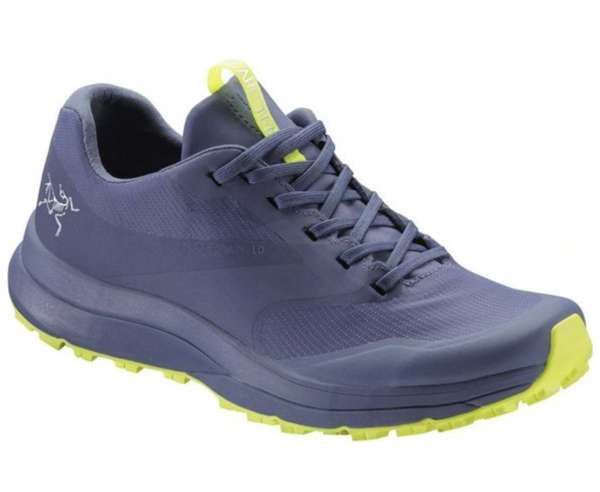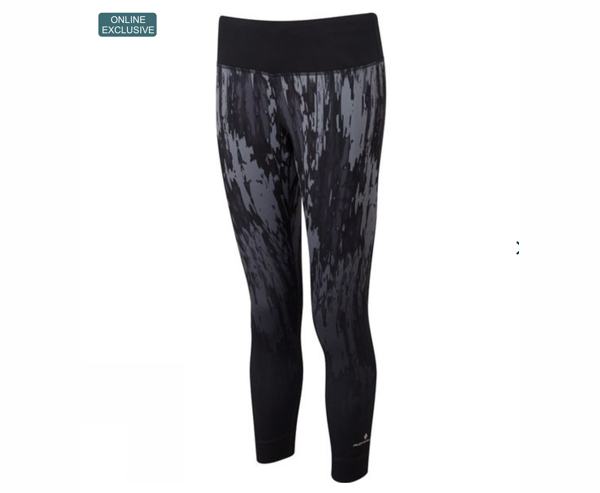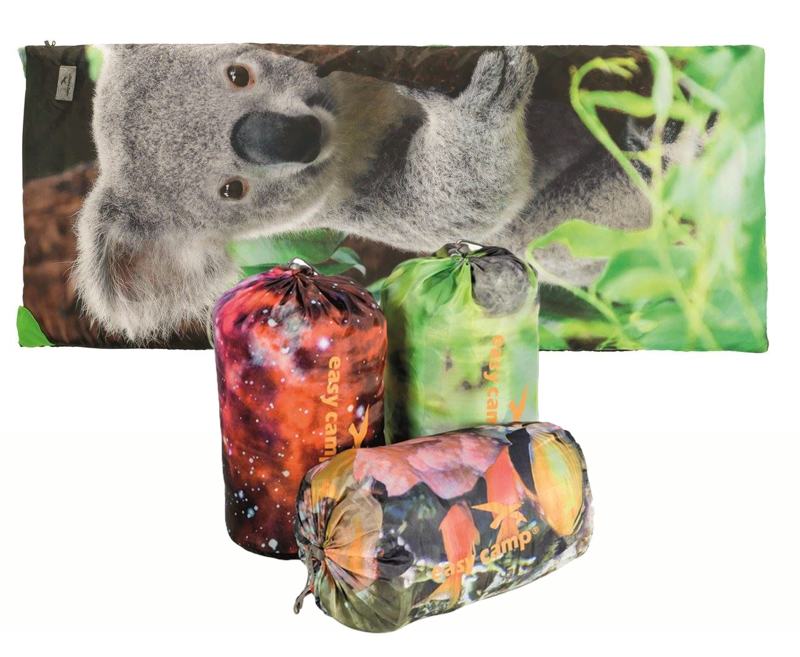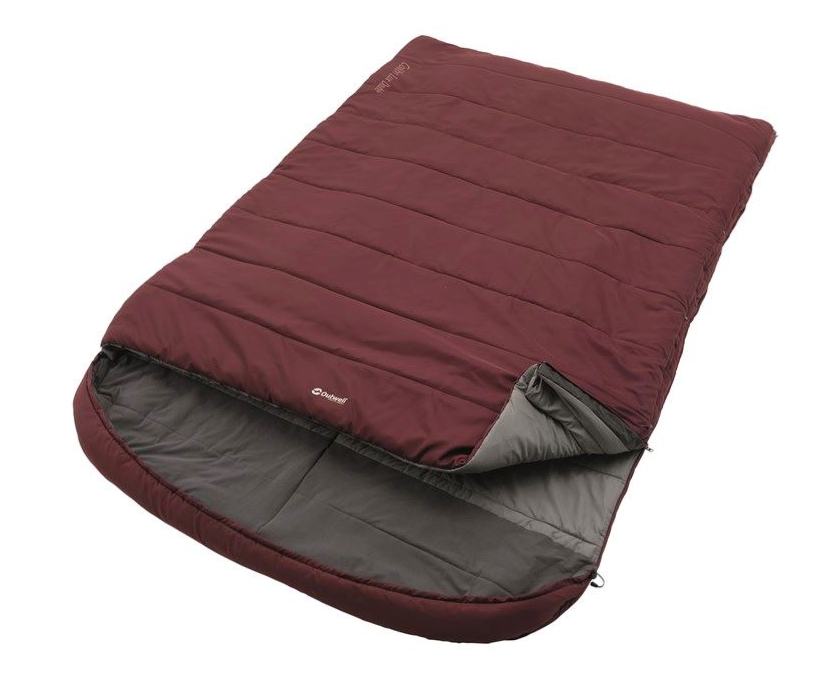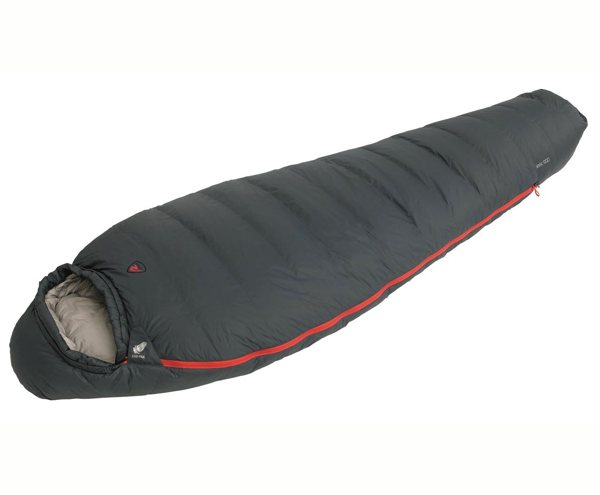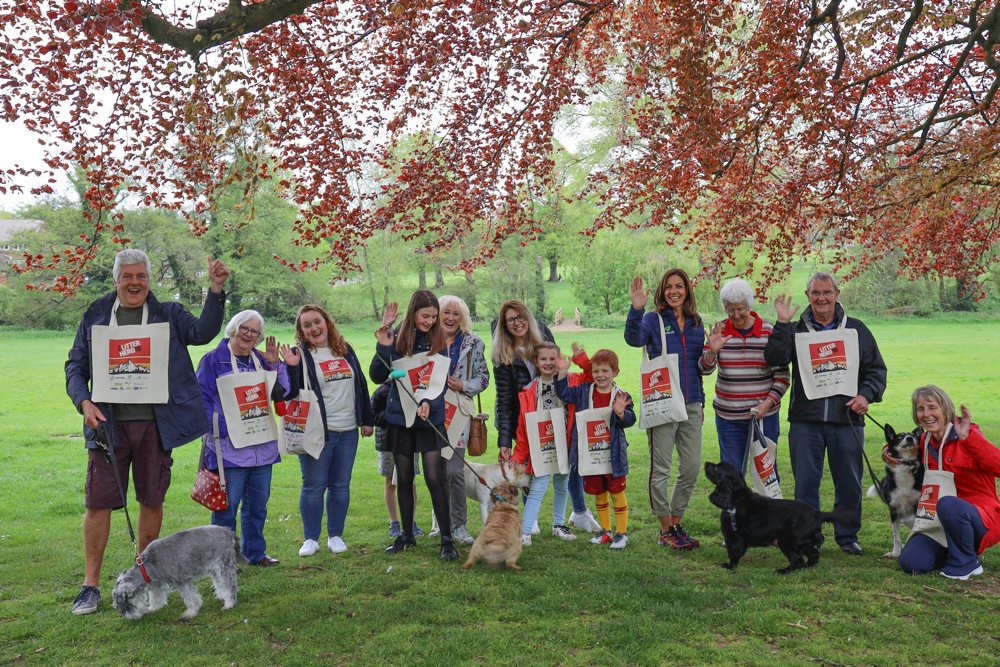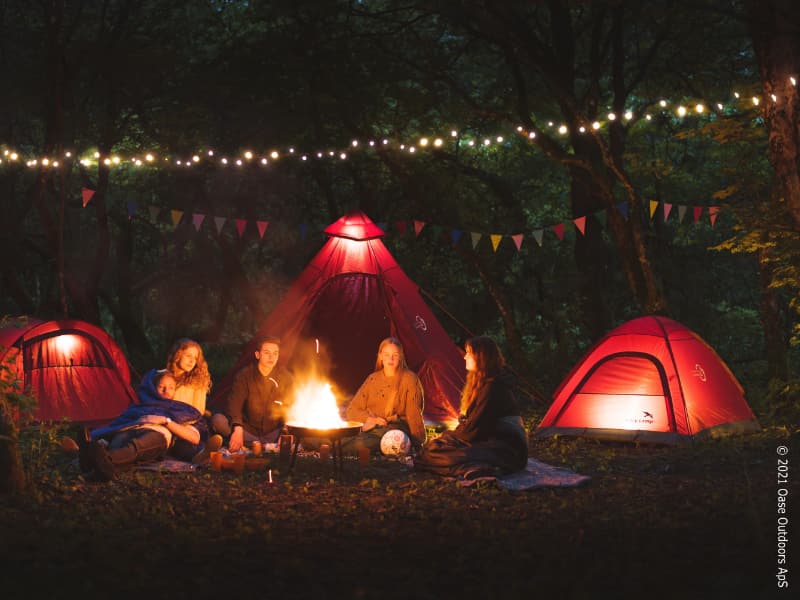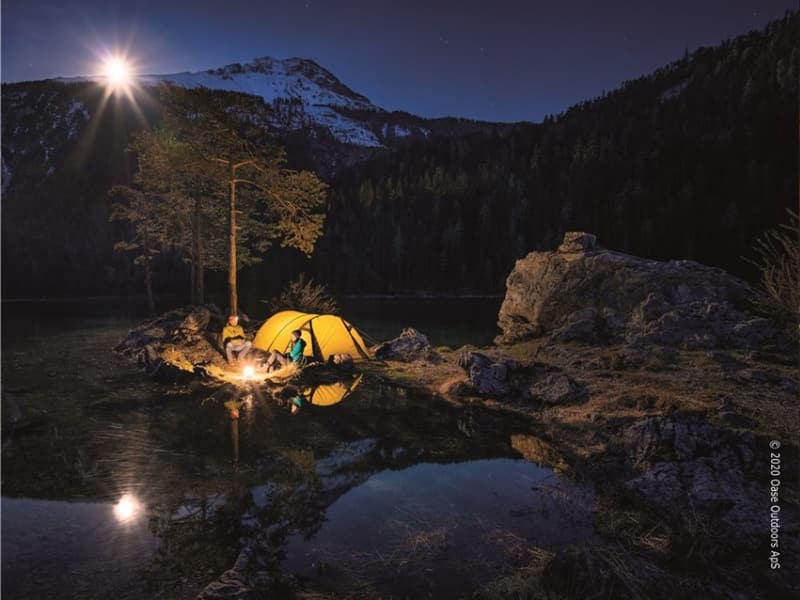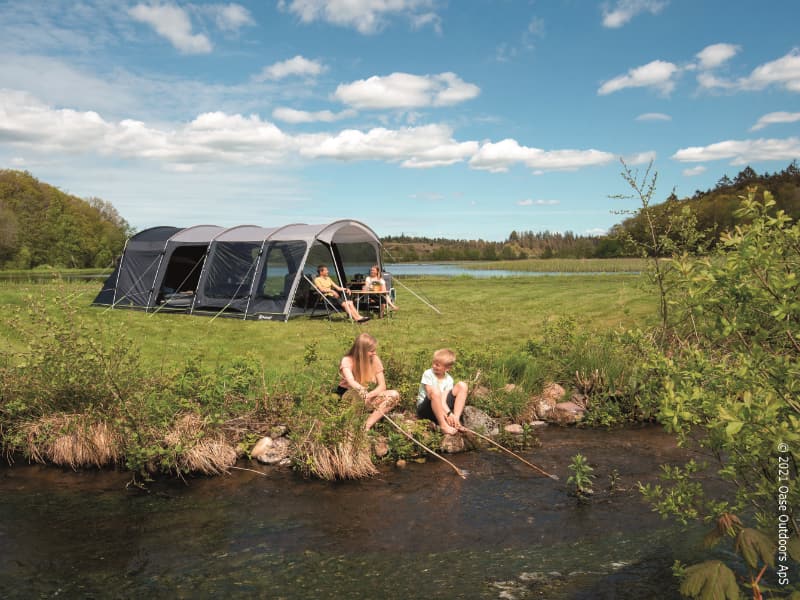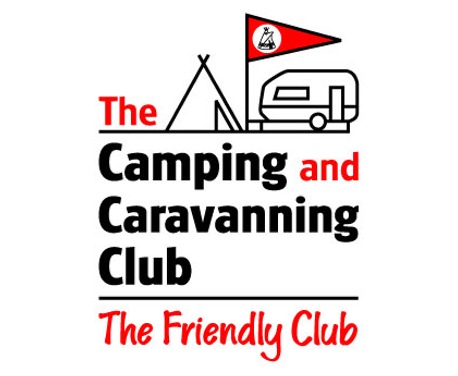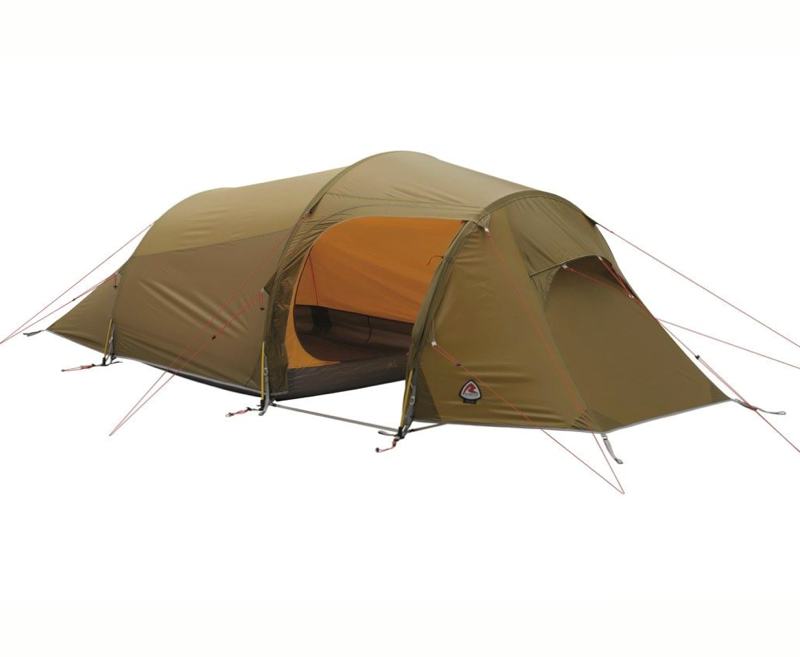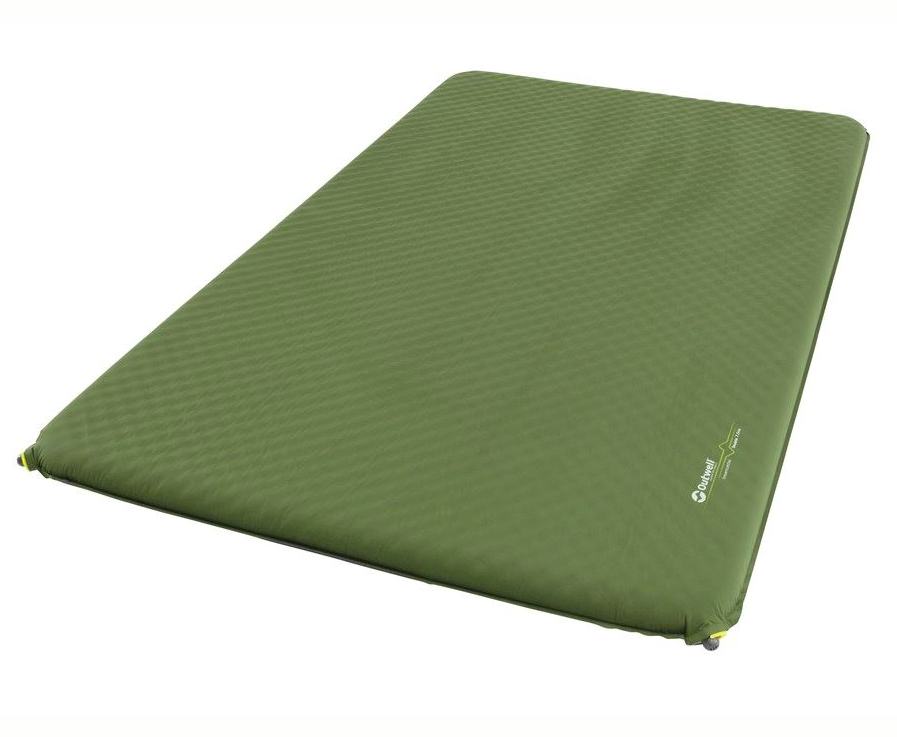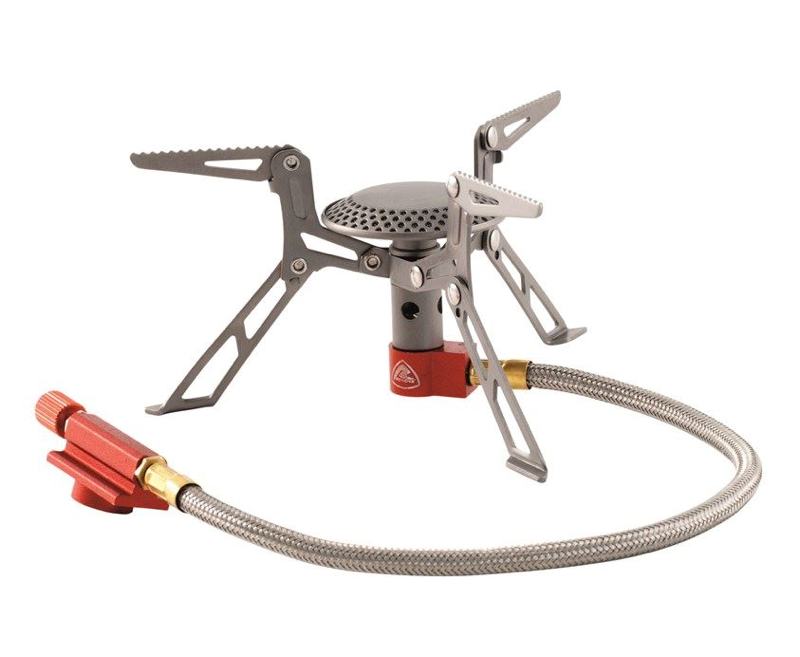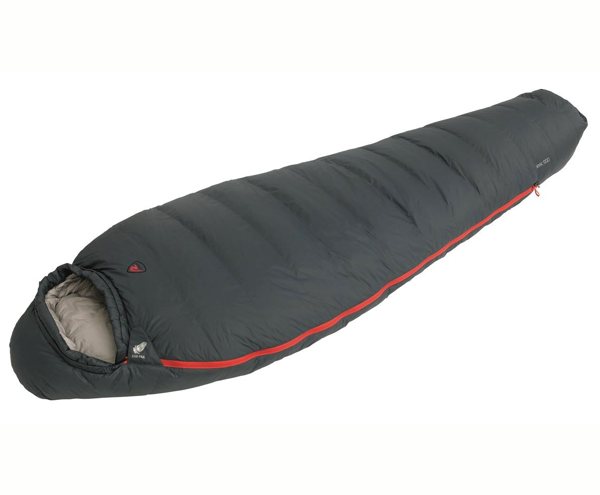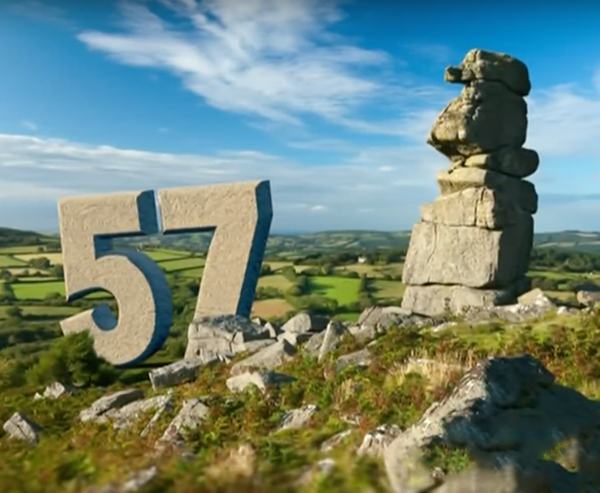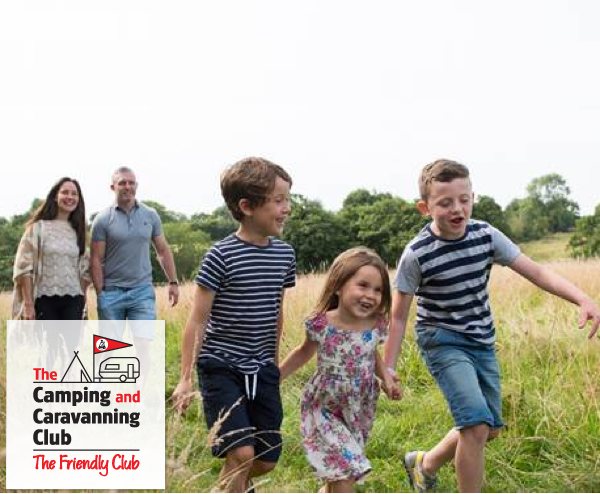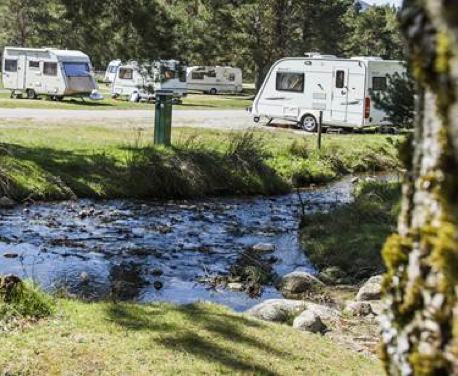“A bad day camping is still better than a good day working.”
We’ve all been there – sitting in the middle of a collapsed tent with pegs and poles strewn around you. You’re exasperated, sweating, and quite possibly swearing. The kids are laughing at you and you’re pretty sure the dog just smirked. Let’s face it, putting up a tent isn’t always the easiest thing, especially when you’ve just spent 7 hours driving to get to what’s been promised as the most secluded and beautiful campsite in rural UK.
So to avoid bad days camping (which we strongly agree are better than good days working), and to make the most of your adventure in the great outdoors, Julia Bradbury shows us how to pitch a tent. We have put together some accompanying tips on choosing tents and camping equipment, as well as some general camping etiquette so that you can enjoy your camping experience to the full. Cotswold Outdoor have a great section on their website called The Knowledge where you can seek out some good articles, advice and inspiration too!
Choosing a tent
It goes without saying, you will need a tent big enough for however many people are on the camping trip. We’re not pointing this out to be patronising, but we’re not the first ones to have pitched a 2-man tent thinking there’d be room enough for a 3rd person to squeeze in… let’s just say there’s such thing as being too cosy.
Also, children below the age of 11 don’t count as half a person (we’ve made this mistake too).
We have chosen the Osprey 2EX tent from Robens for demonstration purposes but there are many reasons we love this model. The Osprey 2EX is a fast pitching (yippee!) and spacious tunnel tent. And thanks to the special DAC Aluminium Alloy Pressfit tent poles, you’re guaranteed no snapping rods ripping through flysheets in the middle of the night.
Have a practice in the garden
If you are buying new, then we highly recommend taking your tent for a ‘test drive’ to get to know it before your camping trip together. Practice pitching it and taking it down in your garden – kids will love getting involved especially if you pretend this is part of training to prepare for a great expedition to the outdoors… which it very well may turn out to be.
If you don’t have an outdoor space, ask a friend to use their garden or even head to the park.
Get the look!
Similar Top …
Similar Vest …
Similar Shoes …
Similar Leggings …
Invest in a quality sleeping bag
Let’s face it, it’s not often we don’t feel a little chilly at night in the UK, even at the height of summer. Sleeping bags can sure be expensive but they are worth the investment when there is only a tent lining between you and the cold night air.
Here are two options for top quality sleeping bags that won’t break the bank;
Easy Camp’s Koala Kids Sleeping Bag – great for camping in Summer!
Outwell’s Colibri Lux Sleeping Bag – an even more affordable option that comes in single and double sizes.
If you are looking for something for more extreme temperatures, you will need to be prepared to spend a little more. We recommend looking for a mummy-shaped (rather than standard rectangular) sleeping bag particularly for those camping in seasons 3-4 and in colder climates generally. Mummy-shaped models are more efficient at retaining heat and maintaining a constant body temperature. They also pack down smaller and are generally lighter, so ideal for backpackers!
Try the Robens Serac 600 Sleeping Bag for warmth in temperatures as low as -35°C.
Put some distance between you and the ground
There is nothing worse than snuggling down into your sleeping bag after a day of hiking only to be greeted with sharp rocks protruding through the groundsheet and niggling into your back and sides. Ummm, no thank you.
And even if you’ve remembered your roll mat, they don’t always quite cut it when it comes to cushioning.
So, for the more sensitive backsides out there… actually for anyone who needs a good night’s sleep to function the next day, we advocate using an airbed. It’ll be hard not to feel a little smug as you nestle down onto your well-padded bed to a tune of grumbling neighbours as they struggle to sleep on less cushioned ground.
Try the Dreamcatcher 7.5cm self inflating airbed from Outwell for a night of good quality shut-eye in the wilderness.
Get yourself a good camping stove
Let’s be honest, we all love a bit of camping cuisine. In fact, sometimes the best part about camping is the cooking! Huddling around a little camp stove in the crisp morning air, waiting for your baked beans to warm in a pot, or coming back to your tent after a hike and boiling your water for a well-deserved brew or hot chocolate.
So, to avoid hangriness (the anger that comes with being hungry – inevitable on a camping trip) make sure you have a reliable camping stove for the occasion – and maybe a model with more than one burner, especially if you’ve got several mouths to feed.
To avoid extra stress for designated camping chefs, we recommend Robens Fire Bug Stove which is very lightweight!
Do make sure to use BBQs and camping stoves responsibly ensuring no grass is left scorched. Always have a responsible adult manning the stove and keep children away from open flames.
Write a checklist
So we’ve narrowed down two types of campers (actually this applies to travellers in general):
- The over-packers – will pack every ointment, lotion and potion, niche object that has a 0.1% chance of being used, plus 3 different pairs of gloves… just in case. Car boots are usually at exploding point.
- The under-packers – will pack the bare minimum, which actually isn’t always a bad thing. Until you realise you’ve forgotten your sleeping bag.
To avoid either situation we offer this simple piece of advice which is to write a checklist. Use the following as your template and then add as needed:
- Tent and pegs
- Sleeping bag
- Air bed or roll mat
- Pillow
- Camping Stove
- Cooking utensils (use pans as bowls/plates if you’re packing light)
- Cutlery
- Refillable water bottle
- Torch
- Toilet roll
- Biodegradable or recycled plastic bin bags
A notebook itself might even be a good addition to this list – you might want to write down any interesting birds or plants you see if you’re out hiking. Or who knows, in the presence of nature you might be overcome with poetic inspiration (not an uncommon occurrence) and just wish you’d bought a notepad with you.
Don’t leave a trace
We had every faith that this wouldn’t even be an issue, but just in case you’re a newbie to the scene, this is camping etiquette numero uno. Whether you’re at a campsite or wild camping, there is zero excuse to leave litter behind.
Most campsites will have recycling facilities but if none are available, make sure you have collected all your rubbish to take to a nearby recycling centre. Someone at the campsite should be able to advise you on this. If not, take your rubbish home and deal with it as you know how.
This is also a chance to be a Litter Hero! Sign up for your Litter Heroes bag today and get the whole family involved and aware of the importance of keeping our environment clean and tidy. No matter how big your party, rally the troops at the end of you trip and get litter picking! You could even recruit other visitors at the campsite to get everyone tidying up.
Considering wild camping?
Wild camping is a type of camping becoming more and more popular each year. Campers seeking solace in nature are venturing away from the campsites and caravan parks which are often too busy to provide this.
Here’s a quick 10-point guide to wild camping in the UK:
- Pitch late and leave early to be as unobtrusive as possible
- If in England or Wales … Be aware that you technically need landowner’s permission before pitching up so if you are asked to move on you must respect this. Wild camping is permitted in the Lake District and on parts of Dartmoor. Avoid areas such as the North York Moors where fire is high risk, especially in the warmer months.
- If in Scotland … Open right-to-roam rules mean you’re okay to wild camp just about anywhere.
- Always camp at least 100m away from the nearest road or settlement
- Don’t light any fires … Make sure that you camp stoves and BBQ’s are used on a stand or platform to avoid scorching grass.
- Tidy up … This means taking all litter along with you and burying personal waste (so remember a shovel)! Treat feminine hygiene products and babies’ nappies as rubbish – if buried animals will dig these up!
- Avoid brightly coloured tents … Those walking in secluded areas often have the same idea in mind as you, which is to enjoy nature with as little evidence of human presence as possible. Me mindful of this and opt for a camouflage tent. Alongside the Osprey 2EX tent, Robens have a further selection of discreet, neutral coloured tents that are great for wild camping.
- Stay in no one place longer than 3 nights … Camping in the same place can damage vegetation so ensure that you are moving around frequently. It is advised to camp at lower attitudes where vegetation is more resilient than species growing at higher altitudes.
- Wild camping is best in small groups in order to be as unobtrusive to nature as possible.
- Be quiet! … Just because you are alone and there are no other people around, this does not mean it is okay to be noisy. Noise affects wildlife too, so be respectful and keep to hushed tones.
See below for two great walks for wild campers as well as some of our favourite UK campsites from the Camping and Caravanning Club.
Walks for Wild Campers
Lake District …
Dartmoor …
Family Friendly …
Dog Friendly …



